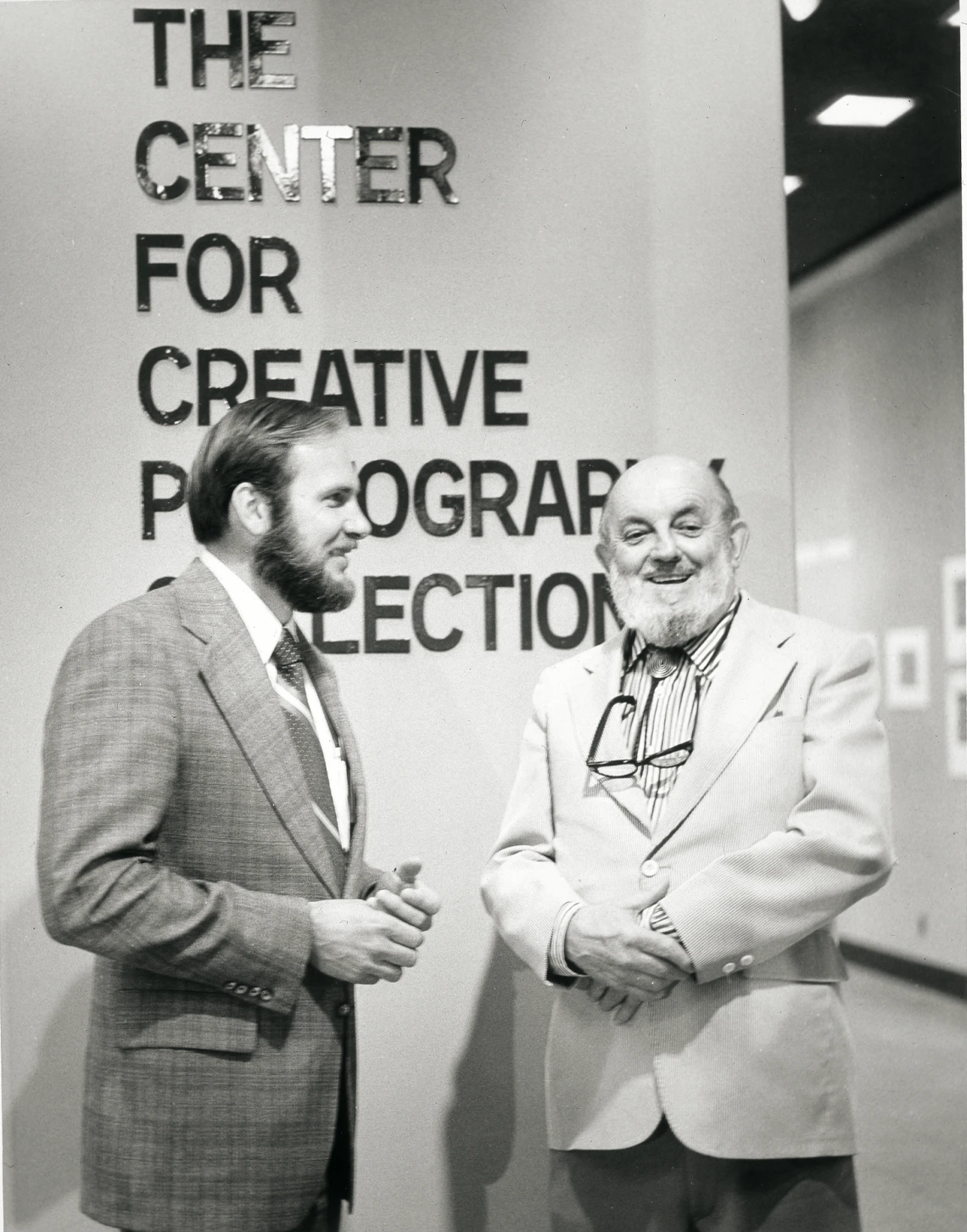Powers of Persuasion
Former U of A president John Schaefer reflects on a life of giving.

Not long after he made the transition from president of the University of Arizona to president of the Research Corporation for Science Advancement in the early 1980s, John Schaefer was approached by U of A astronomers Roger Angel and Peter Strittmatter with an idea: What if you took two of the already large mirrors they’d been working on at the U of A Mirror Lab and combined them to make one of the largest telescopes in the world?
The project had already lost partnering universities because of budgetary concerns, and it stood in jeopardy. Schaefer’s relationship with Research Corporation went back to his days as a chemistry professor at the University of California, Berkeley, when it had given him his first grant; he’d gotten another one as a professor at the U of A. Now he found himself on the other side of the philanthropic table.
“I was heading a foundation whose purpose was really to promote science, to help young scientists fund creative projects,” he says. “It seemed to me that this was groundbreaking [work] for science and astronomy that needed support, and even though it was a colossal commitment, I convinced the board of directors of Research Corporation that this is a project we should support. And we did.”
That was it? No resistance? “No,” he says, smiling. “I’m very persuasive about things I really care about.”
The result is what we now know as the Large Binocular Telescope, or LBT. After the LBT came the Large Synoptic Survey Telescope, for which Research Corporation served as a founding partner, and Schaefer a chair of the project’s associated corporation. Research Corporation also endowed a chair in optical sciences in Schaefer’s name through its 501(c)(3), the Frederick Gardner Cottrell Foundation, and later put $7 million toward the expansion of the U of A’s Science and Engineering Library.
Those are the hits. Lesser known — but no less important — was Schaefer’s role in helping raise money for projects like the planetarium at Flandrau Science Center back in the early ’70s, when he was just starting out as president at U of A. With quiet wonder he remembers the feeling he had as a kid in New York City, standing under the star shows at the Hayden Planetarium. “I was just blown away,” he says. “And felt that since Arizona is one of the real hubs of astronomy in the world, and certainly in the United States — and there wasn’t a single planetarium here to explain to kids and the public what astronomy was all about — that that would be a good thing to have on campus.
“And that’s what happened. We had children bussed in for years to the planetarium for shows. After school budgets went to hell, that really calmed down,” he says, shaking his head, “but it still serves the public in many ways.”
A few years later, in 1975, he famously helped found the Center for Creative Photography, which celebrates its 50th anniversary next year. His wife, Helen, is the namesake of the U of A Poetry Center, a small but unparalleled collection of writing housed in a beautiful little modern building near the northern edge of campus. Together, the Schaefers commissioned works of chamber music and set up an endowment to acquire materials for U of A Special Collections.
At some point, Schaefer even helped found the Tucson chapter of the Audubon Society — an interest of his dating back to childhood. “I needed a bird-watching merit badge to make it to an Eagle Scout,” he says. “So I took up bird-watching and found it fascinating. Now, I wasn’t gonna let the guys in the neighborhood know I was going bird-watching,” he says. “They’d find it a little screwy. But it became a very important part of my life.”
In short, for all his high-profile contributions to science, Schaefer has also supported the arts and humanities in ways that reflect the values of a classical liberal-arts education. “I’m an oddball in many ways. My parents were immigrants and had no education at all. They moved to New York City in 1929. I was born in ’34. They hadn’t had much beyond grammar-school education,” he says. He fell in love with history, “The Iliad,” the classics — he even taught a lecture section on “The Odyssey” while serving as a dean at U of A in the late 1960s.
In the end, he gave where he cared.
“I think getting the message across that not all scientists are just mono-focused on sciences [is important]. We do read, we do think about other things,” he says, though he’s willing to admit by way of cautionary word that “engineers are terrible writers.” Now 90 years old, he remains active — U of A Press published his photo book of cactus flowers, “Desert Jewels,” in 2023.
But you know what they say about old administrators, he reminds us: “Nose in, hands out.”

